
- About Us +
- Developments +
- Sustainability +
- Happenings +
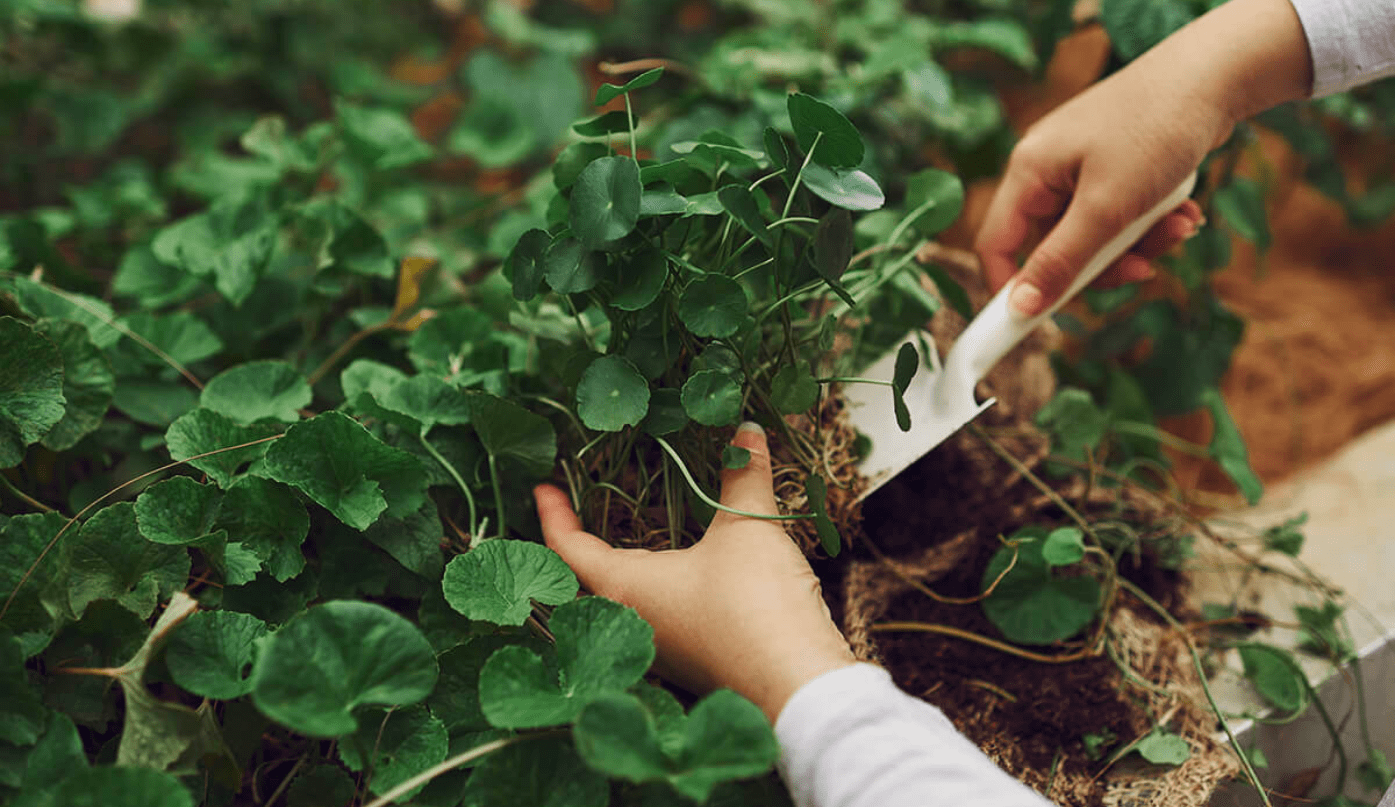
Source: Horizon Hills
Although plants are naturally suited in the outdoor environment, there are certain plants that can be grown inside your house. Knowing which indoor plants to cultivate depends on your goals. Some house plants are selected for interior design, while other plant species provide additional health benefits. Growing plants indoors is a popular pastime because they are relatively easy to take care of and is a great option for residents living with limited to no outside garden space.
Benefits of Having Indoor Plants:
1. They Add a Splash of Colour to Your Home
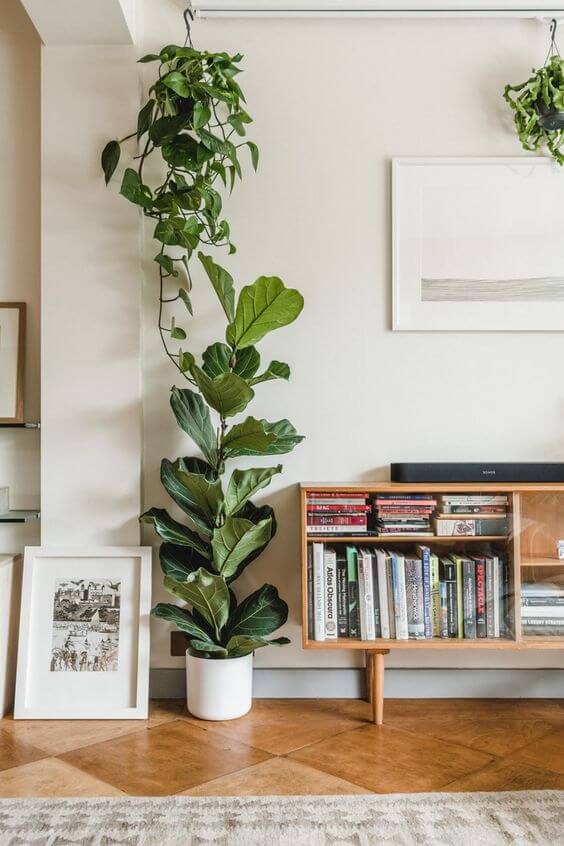
Greenery brightens up indoor spaces, making the room feel fresh and more alive. When you bring the outside into your living space, it adds a natural vibrant colour that complements modern, minimalistic interior decor. Indoor house plants do a great job in filling awkward, empty spaces. Similar to other home accessories, plants are as important to present a visually welcoming environment. The type of plants and how to display them artfully enhances your home’s unique look and makes it feel healthier and more connected with nature for homeowners.
2. Purify the Air and Remove Toxins
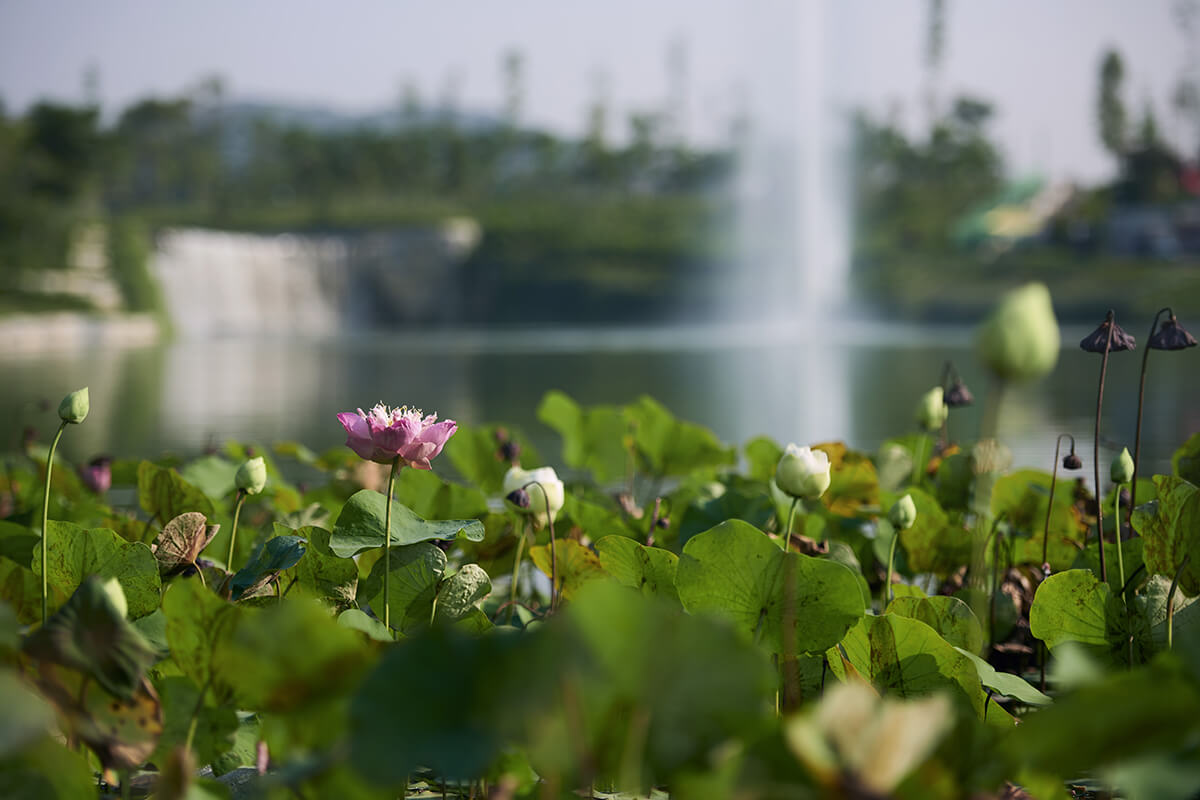
We spend the majority of our time indoors, which exposes us to indoor air pollution. That’s right, pollution exists also within the four walls of our workplace and home. When rooms do not have proper air ventilation, the paint on the walls and the paddings of the furniture release volatile organic compounds (VOCs), like formaldehyde. It’s less likely to pose serious health issues, except for those who may be highly sensitive to the VOC gas. Having the right plants inside your home will lessen the VOC levels and toxins for better air quality.
3. They Can Help Reduce Stress Level

According to the academic journal of American Society for Horticultural Science, a research study has shown that a small plant within easy viewing can impart stress-reducing benefits to office workers. In the study, the employees were offered a choice of plant to keep on their desk for easy viewing and had been given the opportunity to care for it. As a result, the calming effects calculated during the study had shown that anxiety decreased significantly before and after the investigation. Small indoor plants can be economical and helpful in improving office and home conditions in the context of mental health.
4. House Plants Are Proven to Increase Productivity

Not only do indoor plants promote stress recovery, placing one on your desk is suggested to increase workplace efficiency and boost productivity. Introducing greenery to workspaces gets you engaged psychologically to work in a better mood and this subsequently impacts your level of productivity throughout the day. In other words, when you are happier you will likely work better. Take a break from the screen and gaze at the choice of your small desk plant. An overworked mind needs some rest and what better way to do it than looking at nature. As all living things are precious, be sure to pay attention to watering and light.
Four House Plants That Are Perfect for Beginners
1. Snake Plant
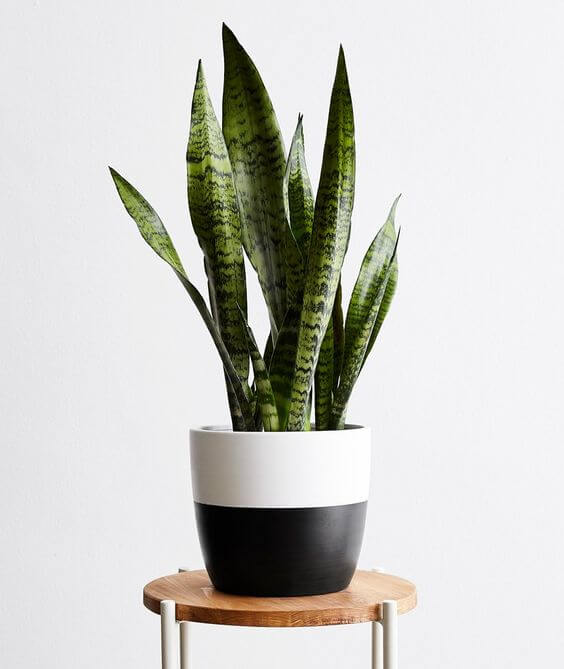
Snake plants are low light plants, which means these plants are able to survive and thrive in conditions with no direct sunlight. Resilient and low maintenance, snake plants can be placed under artificial lighting such as incandescent bulbs, fluorescent lights, or LED lights. This is good news for those who work in cubicles. Moreover, this particular plant species is one of the best indoor plants for clean air. Snake plants absorb carbon dioxide and release oxygen during the day and also at night through a process called Crassulacean Acid Metabolism (CAM) photosynthesis. Water it for every 2 to 6 weeks and wipe the leaves to remove dust.
2. Spider Plant
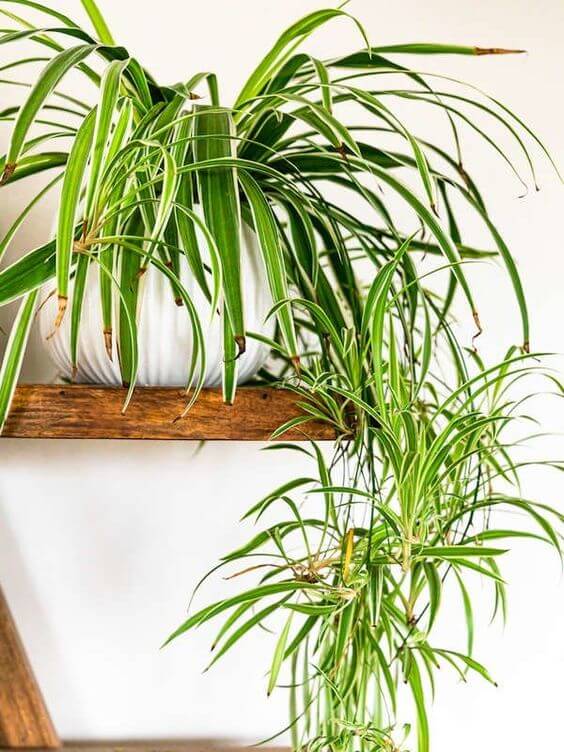
These easy-to-grow houseplants look especially nice in a hanging basket! Spider plants are a classic and attractive plant to add to your home space. They are tolerant and durable in a wide range of conditions. For example, they can adapt to lower light conditions under a good strong artificial light. One of the biggest benefits of having a spider plant is that they are nature’s air purifiers, taking in toxins in the air to have fresher air to breathe. This plant is also non-toxic to pets.
3. Succulents and Cacti
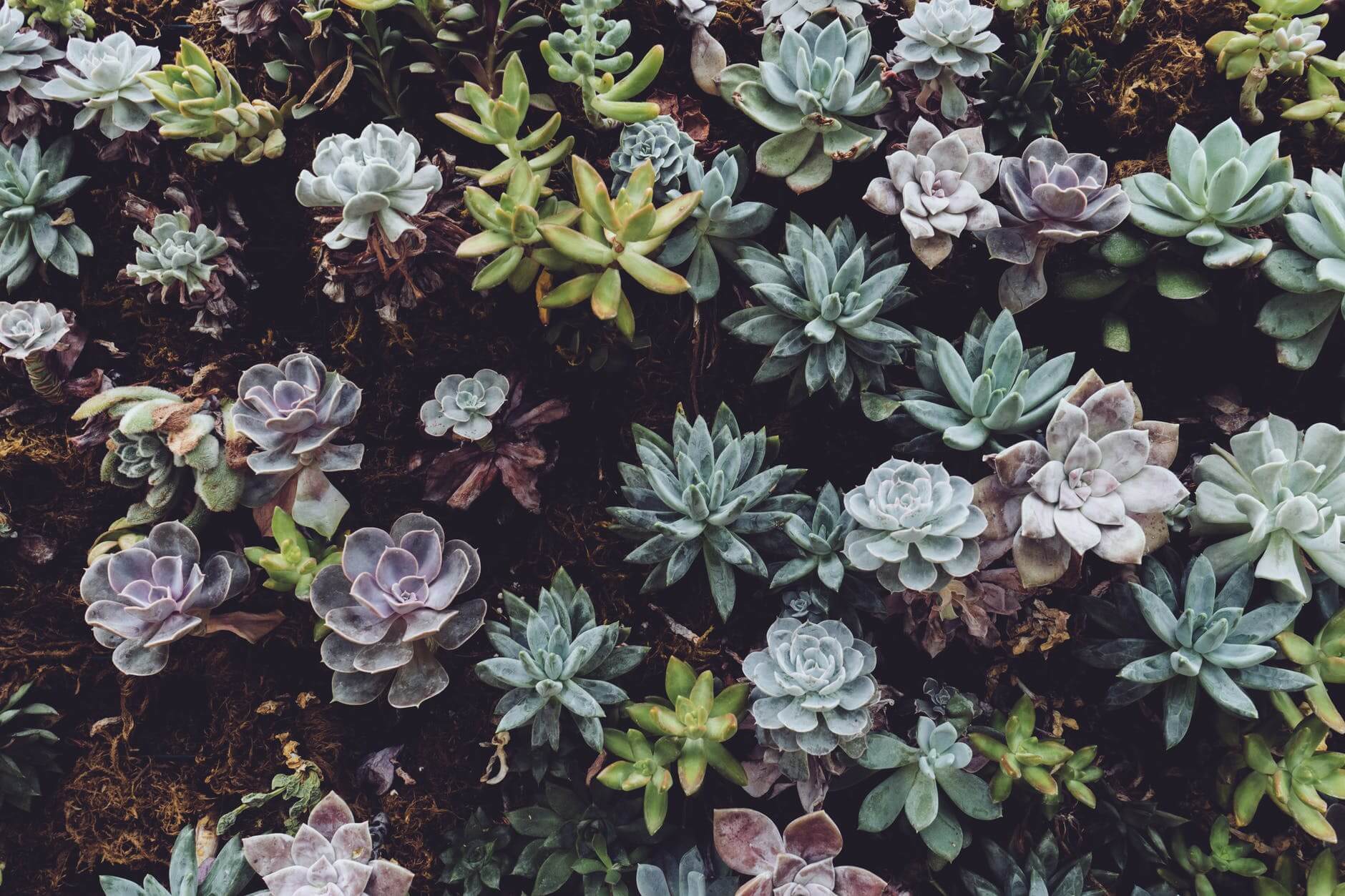
Succulents are a group of plants that store water in their leaves, stems or roots. Nearly all cacti are succulents. Low maintenance indoor plants like succulents and cacti are suitable for people who are concerned with forgetting to water the plants. These hardy, thick plants only need to be watered at least once a week. They don’t need to be watered often as excessive watering can easily drown them. While watering is a breeze, these plants thrive better under direct or indirect sunlight. Window sills are a good spot for these prickly plants.
4. Lucky Bamboo
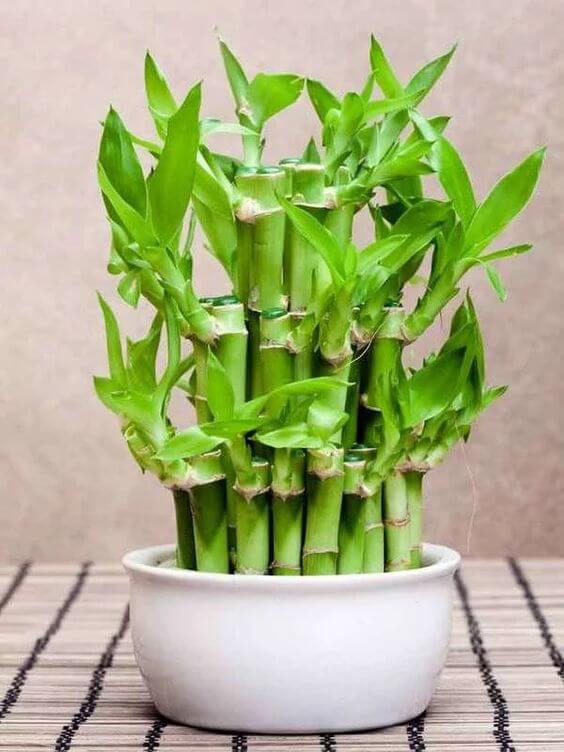
Popular in Chinese culture, the Lucky Bamboo is culturally associated with good fortune. Most lucky bamboo arrangements feature the bamboo stalks growing in a decorative pot of water or planted in pebbles. It is also a house plant that is easy to grow. Lucky bamboo is a relatively easy plant to care for and it grows best in natural light. It can tolerate lower light conditions, but it would be better to rotate the plant often so that each stalk is exposed evenly. Ensure that the water is always completely covering the roots. Change the water every two to three months or more frequently if you find the water giving off a foul odour.
In making a good town, Gamuda Land believes sustainable integrated townships should be planned and built with the community and environment in mind. Searching for a home surrounded by greenery? Gamuda Gardens is one of Gamuda Land’s lush developments that ingeniously fuses lifestyle and nature in one township.
For more information about our latest innovative property developments, kindly visit https://gamudaland.com.my/our-developments/.